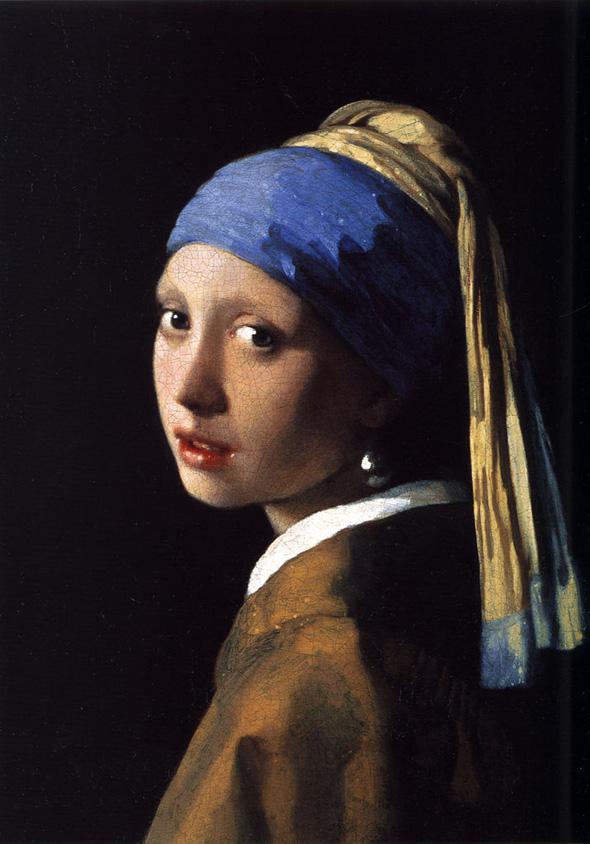
History
Geography
Culture
Daily life and social customs
The symbols of Dutchness—wooden shoes, lace caps, tulips, and windmills—are known throughout the world, but they tell only a small part of the story of contemporary life in the Netherlands. Except in places such as Vollendam and Marken and on occasions of national celebration, traditional dress long ago gave way to a style of dress in line with that of the rest of northern Europe. Flowering bulbs and tubers, including tulips, remain an important export commodity, and various festivals celebrate them. They are also displayed in the annual spring flower exhibition at Keukenhof Gardens and in venues such as the Aalsmeer flower market.Dutch cuisine is notable for many individual dishes, including filled pancakes (pannekoeken); pastries such as banket (an almond paste-filled treat), oliebollen (a deep-fried pastry dusted with powdered sugar), and speculaas (spice cookies); and a great variety of hard cheeses, including Edam and Gouda, the world-renowned varieties that originated in the towns for which they are named. Jenever, the Dutch ancestor of gin, is a malted barley-based spirit produced in two basic types, jonge (“young”) and oude ("old," which contains a higher percentage of malt wine and thus is stronger and often yellowish as a result of the aging of the malt wine). Both types contain a variety of botanicals, notably juniper (genever), for flavouring. Dutch licorice, which is exceptionally salty, is a popular candy. Indonesian rijsttafel (“rice table”)—which developed as a method by which Dutch plantation owners could sample many Indonesian foods in the colonies—was imported to the Netherlands and has become a staple cuisine in larger Dutch cities. In addition to the holidays of Christian tradition (Easter, Christmas, Pentecost, and Ascension), the Dutch celebrate Queen’s Day (April 30), Remembrance Day (May 4), and Liberation Day (May 5), though the last is commemorated only at five-year intervals.
Art, architecture and philosophy
The Netherlands has had many well-known painters. In the Middle Ages Hieronymus Bosch, Petrus Christus, Lucas Gassel and Pieter Bruegel the Elder were leading Dutch pioneers.
During the Dutch Golden Age, spanning much of the 17th century, the Dutch Republic was prosperous and witnessed a flourishing artistic movement. This was the age of the "Dutch Masters", such as Rembrandt van Rijn, Johannes Vermeer, Jan Steen, Jacob van Ruisdael, Gerard van Honthorst, Theodoor van Thulden and many others.
Famous Dutch painters of the 19th and 20th century were Vincent van Gogh and the luminists Jan Sluijters, Leo Gestel, and Piet Mondrian. M. C. Escher is a well-known graphic artist. Willem de Kooning was born and trained in Rotterdam, although he is considered to have reached acclaim as an American artist.[citation needed]
Literature flourished as well during the Dutch Golden Age, with Joost van den Vondel and P. C. Hooft as the two most famous writers. In the 19th century, Multatuli wrote about the poor treatment of the natives in the Dutch colony, the current Indonesia. Important 20th century authors include Godfried Bomans, Harry Mulisch, Jan Wolkers, Simon Vestdijk, Hella S. Haasse, Cees Nooteboom, Gerard Reve and Willem Frederik Hermans. Anne Frank's Diary of a Young Girl was published after she was murdered in the Holocaust and translated from Dutch to all major languages.
Various architectural styles can be distinguished in the Netherlands. Over the years, various styles have been built and preserved.
The Romanesque architecture was built between the years 950 and 1250. This architectural style is most concentrated in the provinces of Gelderland and Limburg. Limburg, in particular, differs greatly in architectural style from the rest of the Netherlands.
The Gothic architecture came to in the Netherlands from about 1230. Gothic buildings often had large windows, pointed arches and were richly decorated. Brabantine Gothic originated with the rise of the Duchy of Brabant and spread throughout the Burgundian provinces. This architectural style is most concentrated in the province of North Brabant, such as St. John's Cathedral in 's-Hertogenbosch, The Church of Our Lady in Breda and the Margraves Palace in Bergen op Zoom.[citation needed]
What many know as traditional Dutch architecture is the Dutch Baroque architecture (1525 – 1630) and classicism (1630 – 1700). These style of architecture is especially in evidence in the cities of North Holland, South Holland and Zeeland.
Other architectural styles that are common in the Netherlands are Style Louis XIV, Art Nouveau, Rationalism, Neoclassicism, Expressionism, De Stijl, Traditionalism and Brutalism.
The Netherlands is the country of philosophers Erasmus, Rudolf Agricola and Spinoza. Much of Descartes' major work was done in the Netherlands, where he studied at Leiden University — as did geologist James Hutton, British Prime Minister John Stuart, U.S. President John Quincy Adams, Physics Nobel Prize laureate Hendrik Lorentz and Enrico Fermi. The Dutch scientist Christiaan Huygens (1629–1695) discovered Saturn's moon Titan, argued that light travelled as waves, invented the pendulum clock and was the first physicist to use mathematical formulae. Antonie van Leeuwenhoek was the first to observe and describe single-celled organisms with a microscope.
Replicas of Dutch buildings can be found in Huis Ten Bosch, Nagasaki, Japan. A similar Holland Village is being built in Shenyang, China. Windmills, tulips, wooden shoes, cheese, Delftware pottery, and cannabis are among the items associated with the Netherlands by tourists.